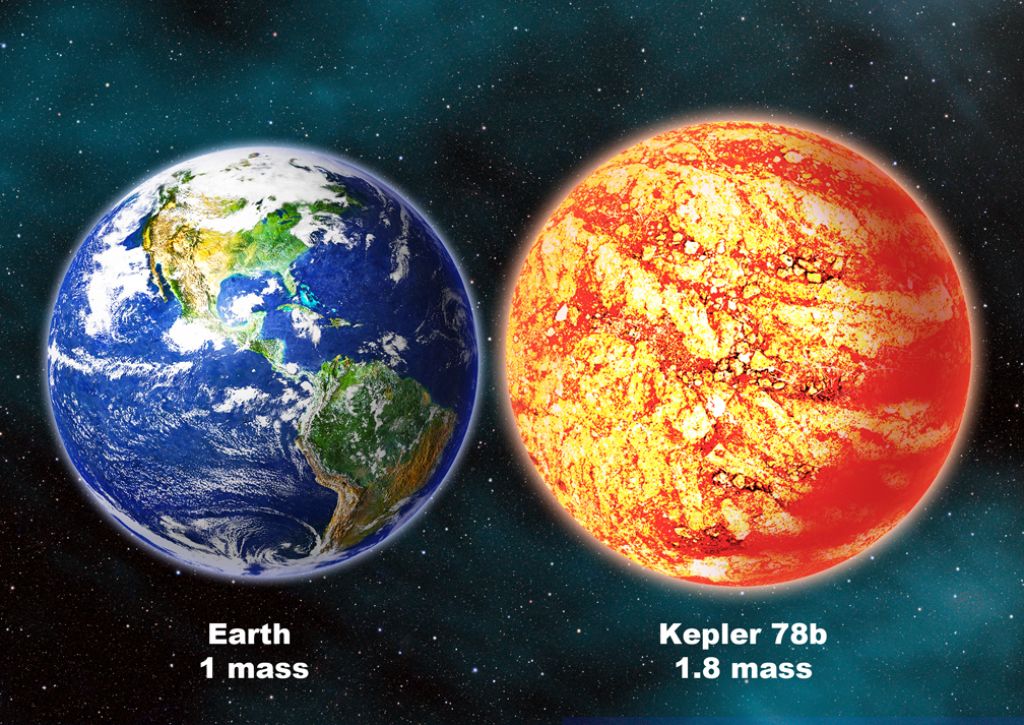Planet Earth gets a twin

With almost matching densities, astronomers have discovered a planet with similarities to Earth. However, the twin-like planet is distinctively 2 000°C hotter.
Kepler-78b has a diameter just 20% larger than Earth's. It has roughly the same density as Earth, making it most likely to consist of rock and iron.
The planet was discovered using data from Nasa’s Kepler space telescope, and two independent research teams then used ground-based telescopes to confirm and characterise Kepler-78b.
Astronomer David Latham, of the Harvard-Smithsonian Center for Astrophysics (CfA), says Kepler-78b is a member of a new class of planets recently identified in data from Nasa's Kepler spacecraft.
“This planet is a complete mystery,” he says. “We don't know how it formed or how it got to where it is today. What we do know is that it's not going to last forever.”
Another team, led by Dr Andrew Howard of the Institute for Astronomy, University of Hawaii at Manoa, notes that this is the first planet to have been measured both in terms of size and mass. “When you have both the size and the mass of an object, you can calculate its density, and thereby determine what it is made of,” says Howard.
Due to the scorching lava on Kepler-78b’s surface, the planet is uninhabitable.
Astronomers agree with Latham’s predictions that the planet will eventually vanish within three billion years. Gravitational forces will draw it even closer to its star, eventually ripping it apart.